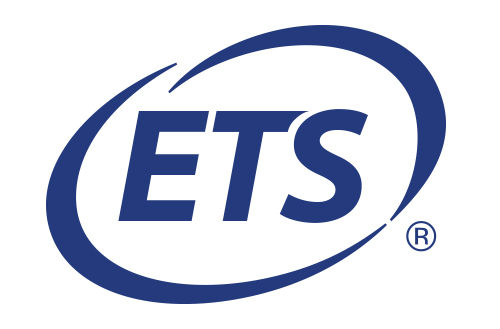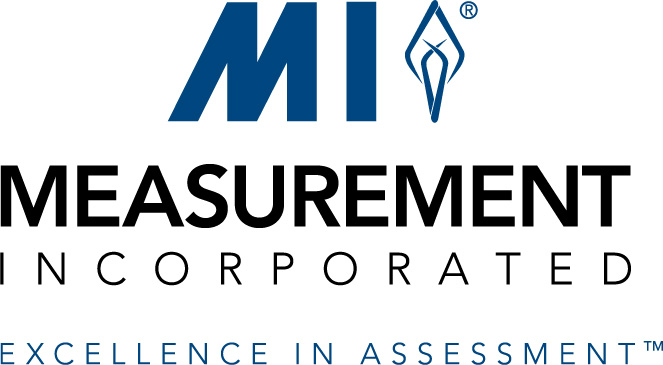ITEMS Portal
FAQs - Module Development

- What is the development process for ITEMS modules?
- Can I develop an ITEMS module by myself or do I need to work with colleagues?
- Do I need to purchase specialized software to develop the module?
- Do you ensure accessibility of the materials for learners with special needs?
- How do I update information for a module I have created?
1. What is the development process for ITEMS modules?
The entire process is interdisciplinary, collaborative, and digital. We use Microsoft PowerPoint and Articulate 360 for our development process, which developers can use on a trial basis or for which we can assign developers a full-license team seat on a temporary basis. First, after an initial email exchange, there is typically a 30- to 60-minute intake conversation between the editor and the content developer(s) to discuss potential topic, scope, level, and workflow. Second, content developers are asked to fill out an overview form to spell out learning objectives, prerequisites, resources, and the planned content structure. for which the editor provides suggestions, possibly with the help of some advisory board members. Third, an iterative and collaborative work cycle begins in which content developers develop materials - typically in PowerPoint using an ITEMS-specific template - and then these materials get integrated into Storyline 360.
Along the way, illustrative video vignettes (e.g., worked data examples, short solutions to data activities, illustrative design vignettes) are created with the help of Articulate 360 or a related software. We send developers a free USB microphone so that they can complete their audio and video recordings with a high level of quality. We then create a glossary, a resource repository, and the two-page "fact sheet" that will be published in Educational Measurement: Issues and Practice. Finally, the editor and support staff ensure that all navigation, resources, menu, and audio-visual components work properly in order to publish the module and release it as Version 1.0 in the ITEMS portal. If any errors should need correcting or additional content is created we have the flexibility of releasing a new module version at any point in time, independent of any print schedule. We generally envision the development cycle to take 6 months because everyone typically has multiple projects on their plates but it could technically be much shorter if developers, editor, and support staff worked on nothing but these modules.
2. Can I develop an ITEMS module by myself or do I need to work with colleagues?
You should feel free to use the collaboration model that works best for you! In fact, we have found that a model where a more senior colleague works together with a more junior colleague is a great way for dividing up the labor, using the complementary skill sets of each person for different components of the module, and for using the experience as a professional development experience for everyone involved.
3. Do I need to purchase specialized software to develop the module?
At the moment we are able to perform the key design and integration activities in-house using our team seat licenses for Articulate 360 and we work with colleagues to find a collaboration model that works best for them. During earlier phases of each project, the editor and support staff typically take PowerPoint slides, Word documents, Excel spreadsheets, R code, and other resources and integrate them into Storyline 360. In later phases of each project, we typically ask developers to use a trial version or assign them a full team seat on a temporary basis. Several developers have already been inspired to purchase the software but, depending on the timing and needs of all individuals involved, this is generally not necessary.
4. Do you ensure accessibility of the materials for learners with special needs?
We are aware of the need to maximize the accessibility of ITEMS modules for various learner populations. Unfortunately, we currently do not yet have the resources to provide equal access to all special needs populations in a comprehensive manner. However, providing broader accessibility services is on our long-term development list.
5. How do I update information for a module I have created?
The content developers receive the current copy of the file for Storyline 360 that contains all information for their module. Developers would need to purchase an independent license themselves or ask for a temporary assignment of a full-license team seat by the editor if they want to open and update this file. In general, however, updates are easy to do and can be accommodated with flexible timelines. For each module we indicate the current version and release date on its cover page / first slide.
| Access Date | Quiz Result | Score | Actions |
|---|

















